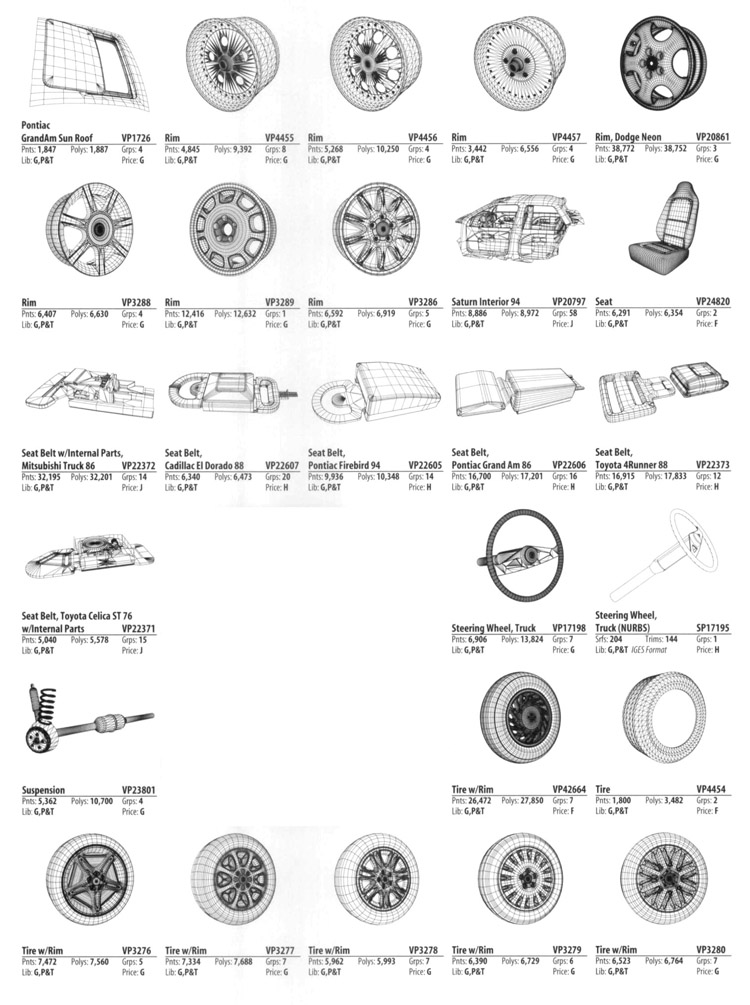Below are the most important tips for making an assessment of the quality and origin of automotive parts with their advantages and cons to help you make educated decisions:
1. Choose OEM vs. Aftermarket
If you’re not sure what to do, you can decide if you want to purchase OEM (Original Equipment Manufacture) or aftermarket replacement parts.
Pros:
OEM parts ensure perfect performance and fit.
High-quality parts aftermarket can be cost-effective.
Cons:
OEM parts often cost more.
Some aftermarket components may not have the durability of OEM parts.
2. Find out about Standards and Certifications.
Tip Use the search function to find parts that have been inspected by SAE ISO TUV.
Pros : ensuring safety and conformity.
Pros: Parts that are certified can be pricier and harder to locate for older vehicles.
3. Find the Reputation of Manufacturers
Tips: Choose well-known and reputable brands that have a proven track record.
Cons: Lowers the risk of low-quality components that fail prematurely.
Pros: Certain reputable brands sell fake products available Therefore, you should be extra vigilant.
4. Purchase from dependable Retailers
Purchase parts only from authorized dealers as well as reputable online platforms.
Pros: A lot of retailers offer warranties and assurance.
Cons: Prices could be more expensive when compared to third-party sellers that aren’t confirmed.
5. Check the material and build quality
Tips: Make sure you are using durable material, resistance to corrosion and a correct construction.
Pros: Ensures long-lasting performance and security.
Cons: Parts purchased online might not be available for inspection prior to purchase.
6. Think about Refurbished or Remanufactured Parts
Refurbished products are the ideal choice for costly parts such as transmissions or engines.
Pros Cost-effective but quality is not compromised when buying from reputable sellers.
Cons: Quality is dependent on the process of refurbishing.
7. Beware of copyright products
Check part numbers, packaging, branding and packaging to identify fakes.
Cons: You’re protected from installing components of low quality or unsafe.
Pros: Identifying fakes requires concentration on the details and experience.
8. Check for Warranty
Tip – Prioritize the items that are covered by an warranty. This will cover any defects or failures.
Pros: Provides peace of mind and financial security.
Cons The filing of warranty claims can take time if problems occur.
9. Review customer reviews and rate them
You can find reviews online to find out more about the fitment, performance and durability of your product.
Pros: It helps to determine trustworthy products and eliminate inferior ones.
Pros: Some reviews could be untrue or biased.
10. Understanding the Qualitative Variations of Regional Variations
Remember that different regions can produce products of different quality (e.g. replica as compared to. the original factories).
Pros: It will ensure that you receive the best quality available for your particular market.
Cons: Imports with high quality may be costly or take longer time to deliver.
Final Thoughts: Weighing the Benefits and Pros and
Pros:
Good quality components provide safety, reliability, performance and long-term durability.
A trusted vendor reduces the risk of defective products or warranty issues.
Cons:
Quality parts can cost more upfront.
It takes a long time to verify for authenticity and to ensure high-quality.
When you weigh the importance of quality and authenticity, you will be able to make smart decisions that will enhance the performance and worth of your vehicle in the long term. Read the most popular salona apdare un aprikojums car parts par dodge cars for website recommendations including auto parts as, spare parts by vin number, auto detalas riga, about auto parts, parts bmw, auto parts reviews, nty parts, auto parts latvia, parts by parts, parts x and more.
